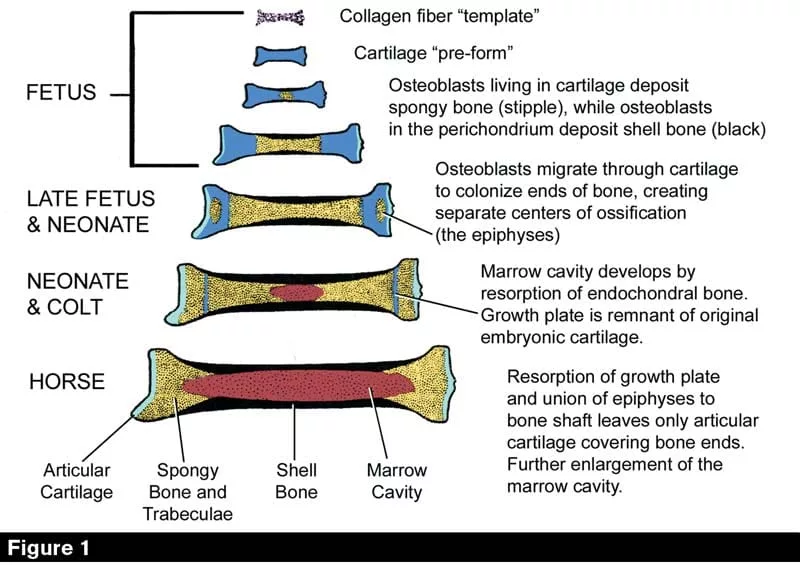American Farriers Journal
American Farriers Journal is the “hands-on” magazine for professional farriers, equine veterinarians and horse care product and service buyers.

The forelimb reciprocating apparatus of the horse is a unique and important biomechanical system that every farrier must understand before good decisions concerning hoof trim and appliances can be made. Detailed study of tissue types is the first step, but we also have to be careful of our choice of terminology. I have criticized the time-honored definition of tendon as “a tissue that connects muscle to bone” because — as I have presented in previous articles — all tendons are tendons of muscles, and therefore it makes absolutely no sense to speak of a tendon “connecting to” muscle. But what about the other end? Do tendons connect to bones? The answer is yes, and I will share some fascinating microscopic and macroscopic details.

Photomicrographs of bone cells. “µm” stands for micron, equal to one millionth of a meter or one thousandth of a millimeter. Above, an osteoblast; below, an osteocyte. Note the many “arms” (actually hollow tubes) that project from the cell bodies, which reach out to touch those of nearby…